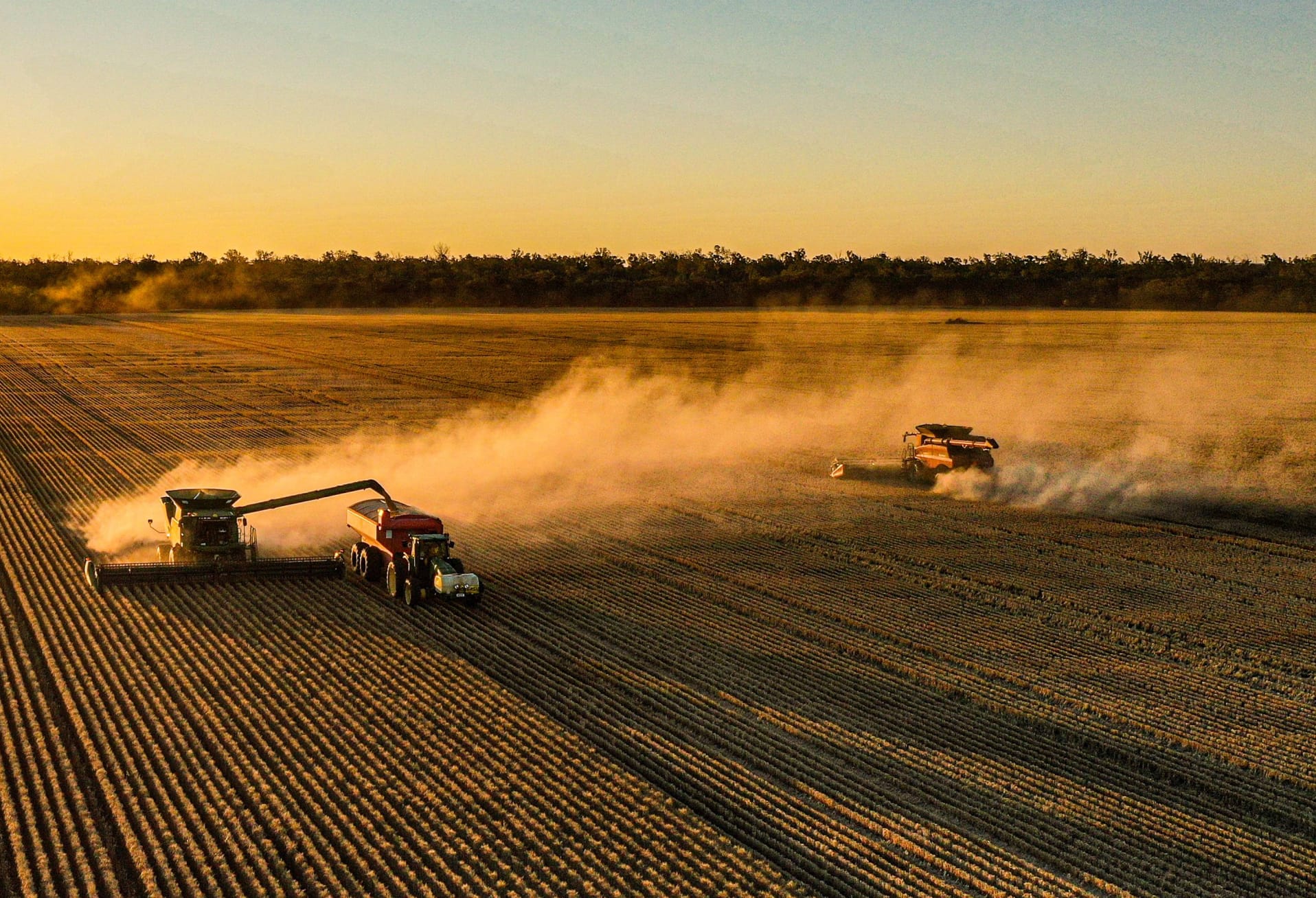It’s hard not to contemplate what the effect of a high input season, low grain prices and large quantities of stored grain is having on cash flow.
During 2016, many growers tried to capitalise on the favourable conditions and spent more on inputs to chase quality and quantity of grain. Unfortunately, due to low grain prices and harvest logistics large quantities were stored on-farm.
As we move into 2017 sowing, how well are growers placed to meet the upcoming demands for cash? Cash flow and the ability to meet short-term debts can place significant stress on growers, so being proactive is favourable.
The business term for cash flow is liquidity, how liquid are assets to meet debt needs?
There are two types of liquidity, market and accounting. Market liquidity is the extent to which a market enables assets to be bought and sold at stable prices. When market liquidity is low, meaning that there are relatively low levels of cash in the market, it can lead to decrease in price.
For example, if you have grain stored at a receival site that has only one buyer, market liquidity is low because there isn’t an abundance of cash. The reverse is when there are more buyers which can lead prices to increase as market liquidity is high.
Growers can use this principle to better align themselves, because there are incentives to be made when the buying pool is increased. This can be helpful in a price taking industry like agriculture.
Accounting liquidity is the ability of a company to meet their financial obligations with their “liquid assets”. Liquid assets are assets that can be quickly and readily sold to generate cash, these are normally current assets and are assets that will change in the coming year, e.g. cash in the bank or a one year term deposit.
Liquidity is something that is not easily identified in a business from the outside. A business may be profitable, but have limited cash flow. A farm business may exhibit considerable asset growth and wealth, but fund this through reduced personal income, standard of living, or just simply through increase in capital value, thus lacking liquidity.
The reason why the banks are interested in the cash flow and liquidity is because they want to make sure that you can service loans (make repayments) and to ascertain if, in the near future, the farm business is likely to require a credit increase.
There are a few quick calculation that can be done to better understand of the liquidity position of your business. The GRDC have produced two fact sheets that provide a step to step process for calculating your liquidity position.









